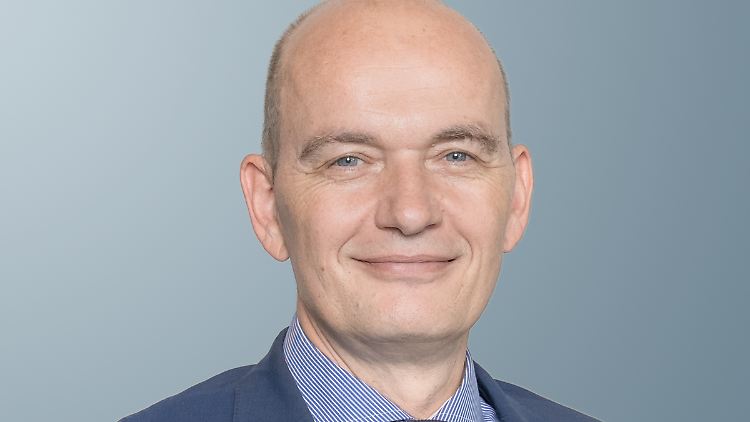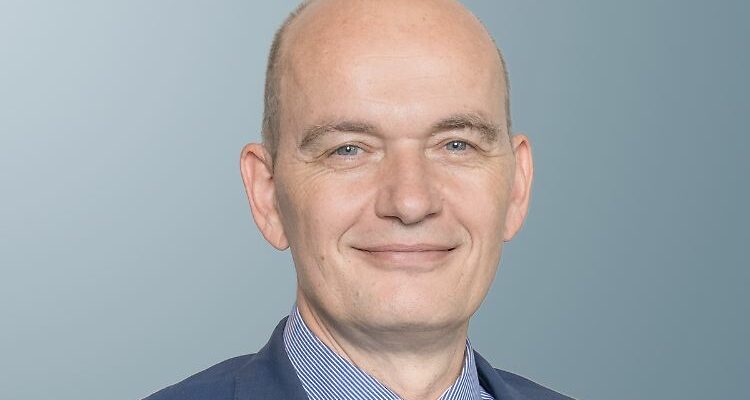German development aid
The fairy tale of the 315 million euro cycle path in Peru
By Dimitri Blinski
January 27, 2024, 12:52 p.m
Listen to article
This audio version was artificially generated. More info | Send feedback
How can it be that Germany spends hundreds of millions on cycle paths in Peru? Why are the regimes in Afghanistan and China supported? What is spreading at X as supposed proof of the failure of the traffic light coalition is in reality completely different than it seems.
At the height of the farmers’ protests, Finance Minister and FDP leader Christian Lindner is booed by farmers at the Brandenburg Gate in Berlin. Meanwhile, Bavarian Economics Minister Hubert Aiwanger from the Free Voters posted on [die] farmers can pacify.”
This is how the story of absurdly high development aid from Germany begins. If you enter “315 million” into Google, “315 million euros for buses and cycle paths in Peru” is immediately suggested. An excitement for many. Some media also write about how Germany could waste so much money.
One thing is certain: There was never 315 million euros from Germany for Peru’s cycle paths. And there won’t be. A spokeswoman for the Federal Ministry for Economic Cooperation and Development (BMZ) confirms this to ntv.de. She can’t explain where this number comes from.
Ex-AfD MP mentions the amount in the Bundestag
One trail leads to former AfD member of the Bundestag Joana Cotar, who is now non-attached. Cotar mentioned the 315 million on December 1, 2023 in a speech in the German Bundestag, like that “Daily News” researched. The amount has been in circulation since then.
In fact, there are around 44 million euros in commitments for cycle paths. Almost half of this was approved under Angela Merkel’s grand coalition. There are also loans, i.e. funds that have to be repaid within ten years. This is a common process. According to the BMZ, economically stronger countries like India receive 90 percent of loans in development cooperation, only a tenth are actually payments.
“Especially with regard to emerging countries, the granting of concessional loans is a common practice. Basically, the share of grants increases with the need of a recipient country, i.e. the poorer a country, the higher the share of grants should be,” says Jörg Faust, director of the German Evaluation Institute for Development Cooperation (DEval). But these payments or loans don’t just exist. In most cases they are linked to very specific goals. So-called “reform financing” is intended to initiate and promote projects in the areas of “education, health, infrastructure, environmental and climate protection, state reforms, etc.,” says Faust ntv.de.

Jörg Faust is director of the German Development Cooperation Evaluation Institute (DEval) and associate professor of political science at the University of Duisburg-Essen.
(Photo: DEval)
But why does Germany provide so much development aid? After all, the money would be well invested in the country itself. That is too short-sighted, because development policy is worthwhile for everyone, says the BMZ spokeswoman. “For every euro we use today to make societies around the world more resilient to crises, taxpayers will later save four euros in humanitarian emergency aid, according to World Bank calculations.” Whether urban development in Namibia or migration centers in Ghana – if the situation in the countries improves, there will be fewer reasons to flee. There is also an economic argument: “Every second euro is earned through exports. If Germany wants to remain a strong export country, we cannot afford a snail shell mentality,” said the BMZ spokeswoman. After all, only economically strong countries could buy our goods.
Development aid also in autocratic countries
The list of countries with which there is development cooperation also includes Afghanistan, China and other autocratically ruled countries. But today around 70 percent of people live in autocracies, which makes cooperation difficult, according to the BMZ. Nevertheless, the ministry is finding ways to support not the regime, but those in need. “In autocracies, we work more with non-governmental organizations or UN organizations in order to reach the people directly and strengthen democratic forces as much as possible,” it says. For example, there is no state cooperation with China.
For decades, Germany has been supporting projects in the areas of education, climate protection, fighting hunger and sustainable mobility – and there are actually successes. “Development cooperation has, for example, improved access to education, had positive, albeit small, effects on the level of democracy in states and contributed to reducing child mortality in Africa,” says Jörg Faust from DEval.
Despite the successes: In 20 years of development aid, many mistakes have also been made, criticizes Faust. “There is still a lot of room for improvement in terms of cooperation, synergies and division of labor between departments and at the international level.”
This includes supporting new technologies that are also important for Europe and Germany. One example is early warning systems against natural disasters. But of course the collaboration has to be checked again and again, especially in times of tight budgets. According to the ministry, 11.1 billion euros will be spent on various projects this year – exactly one billion less than a year before.
